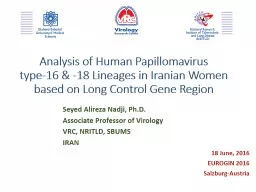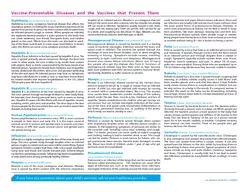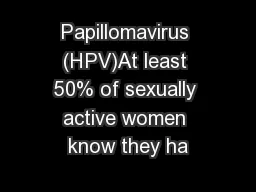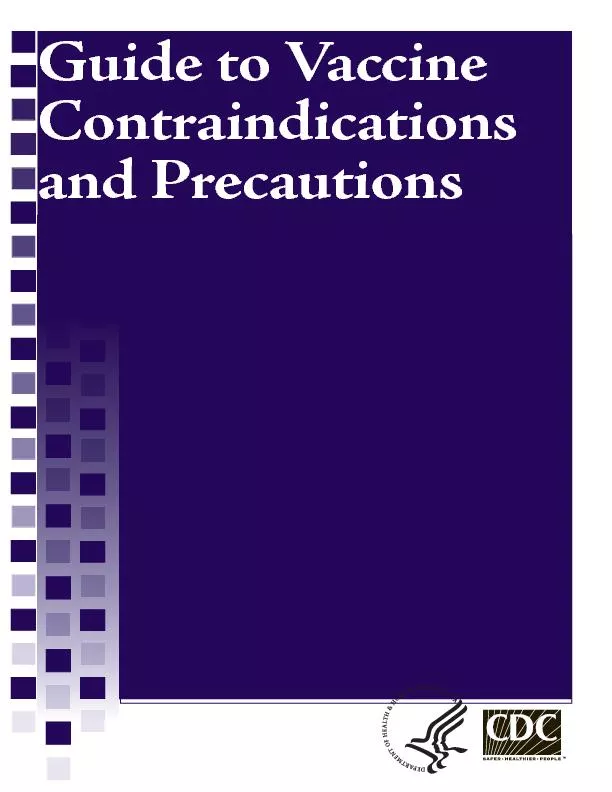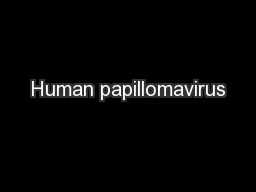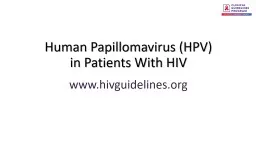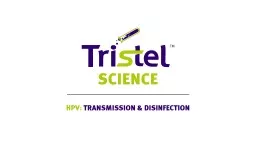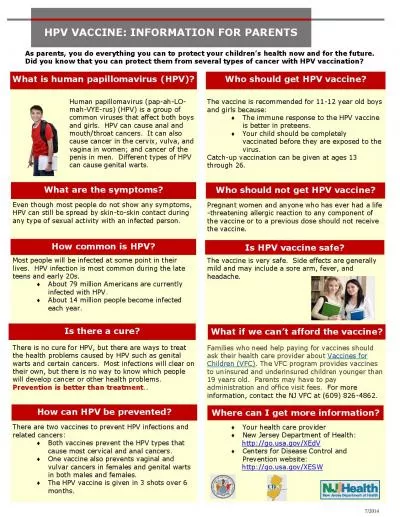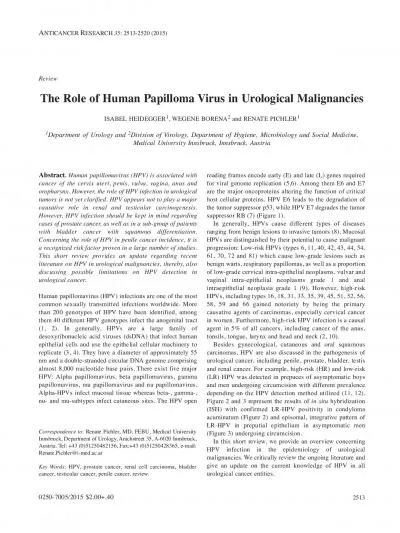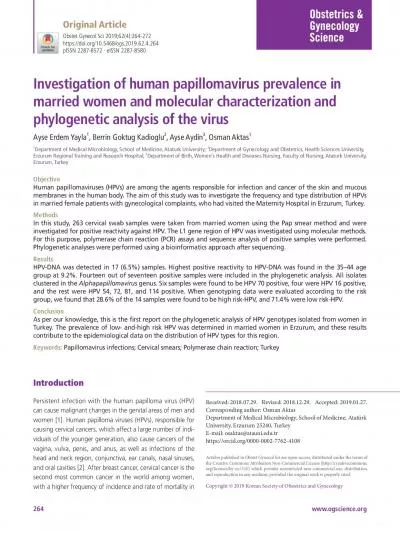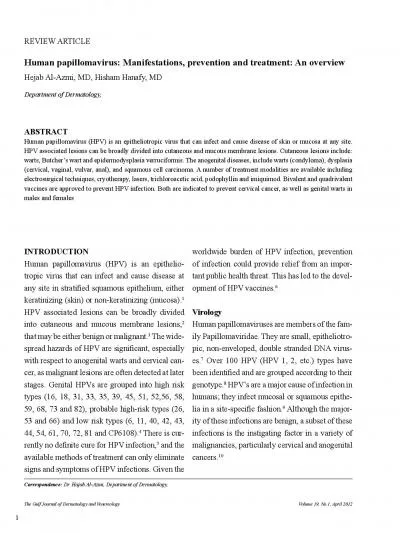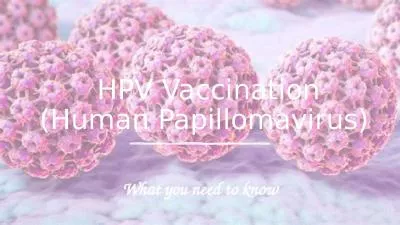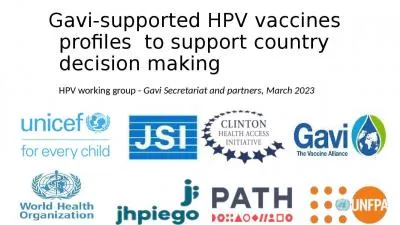PPT-Analysis of Human Papillomavirus
Author : phoebe-click | Published Date : 2017-05-13
type16 amp 18 Lineages in Iranian Women based on Long Control Gene Region Seyed Alireza Nadji PhD Associate Professor of Medical Virology Head Virology Research
Presentation Embed Code
Download Presentation
Download Presentation The PPT/PDF document "Analysis of Human Papillomavirus" is the property of its rightful owner. Permission is granted to download and print the materials on this website for personal, non-commercial use only, and to display it on your personal computer provided you do not modify the materials and that you retain all copyright notices contained in the materials. By downloading content from our website, you accept the terms of this agreement.
Analysis of Human Papillomavirus: Transcript
Download Rules Of Document
"Analysis of Human Papillomavirus"The content belongs to its owner. You may download and print it for personal use, without modification, and keep all copyright notices. By downloading, you agree to these terms.
Related Documents

